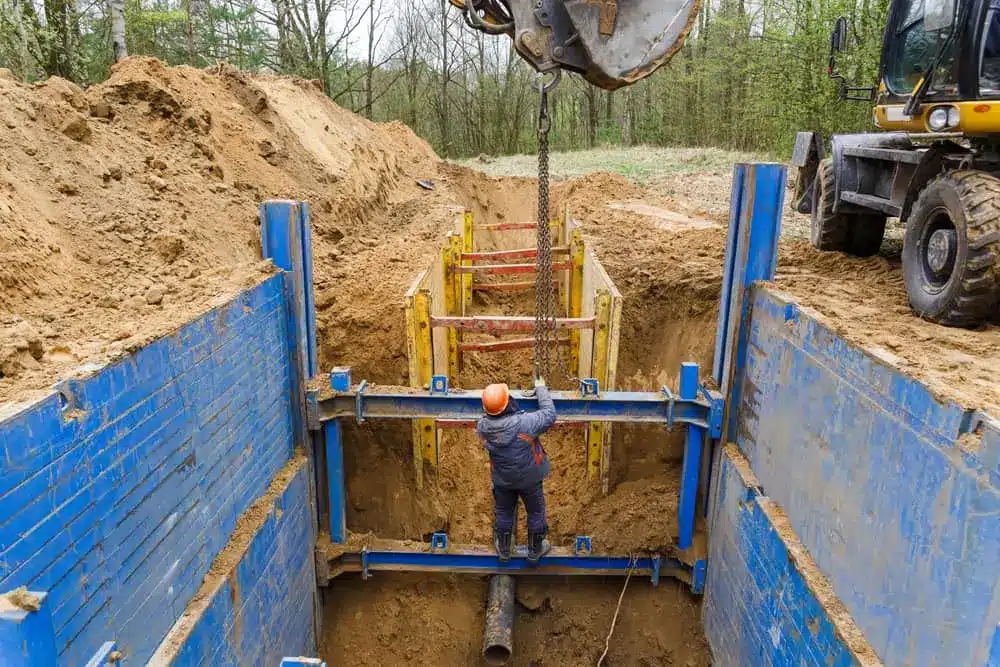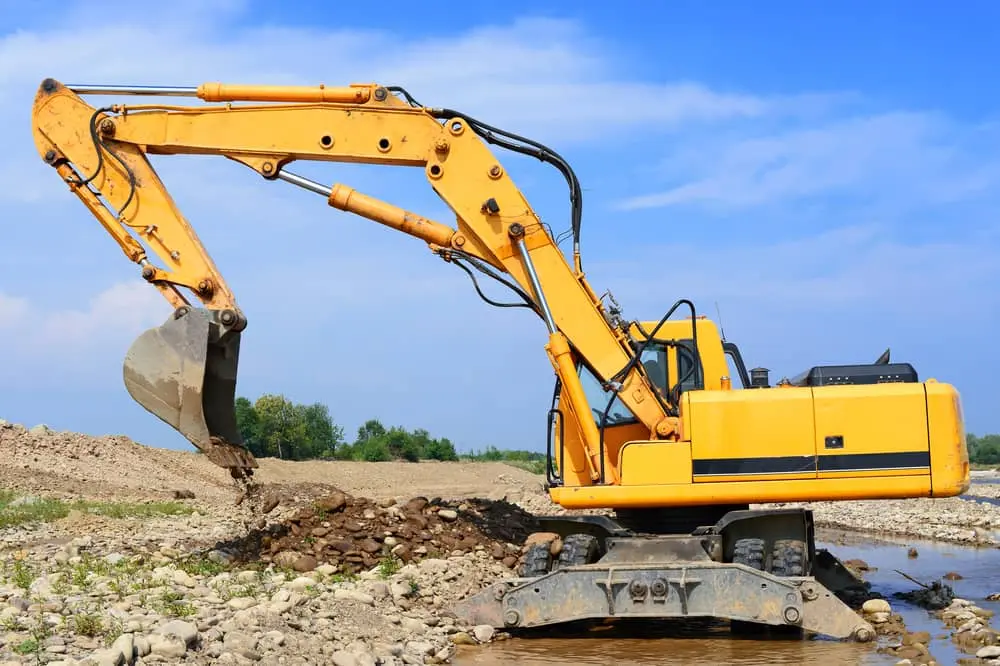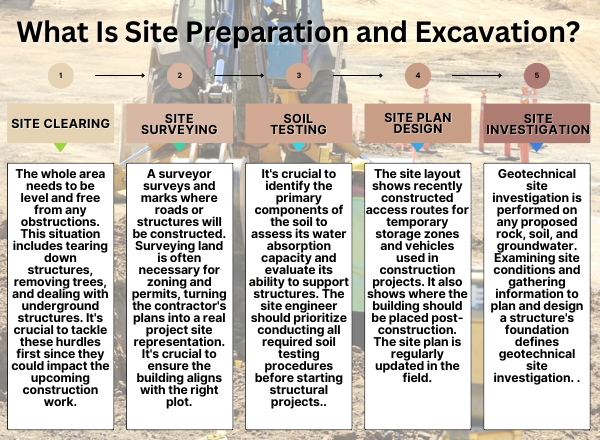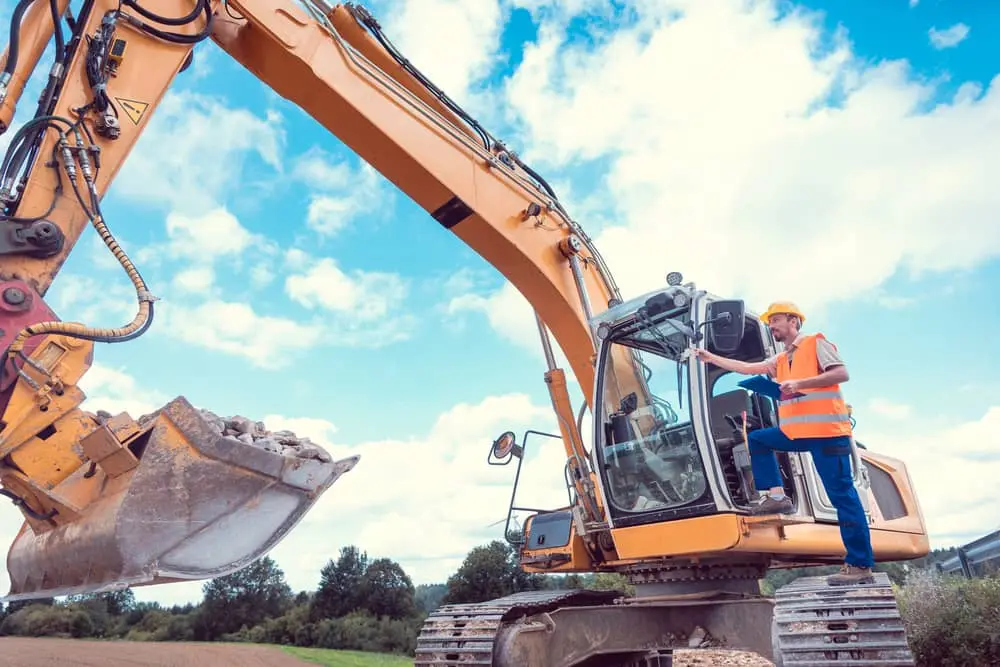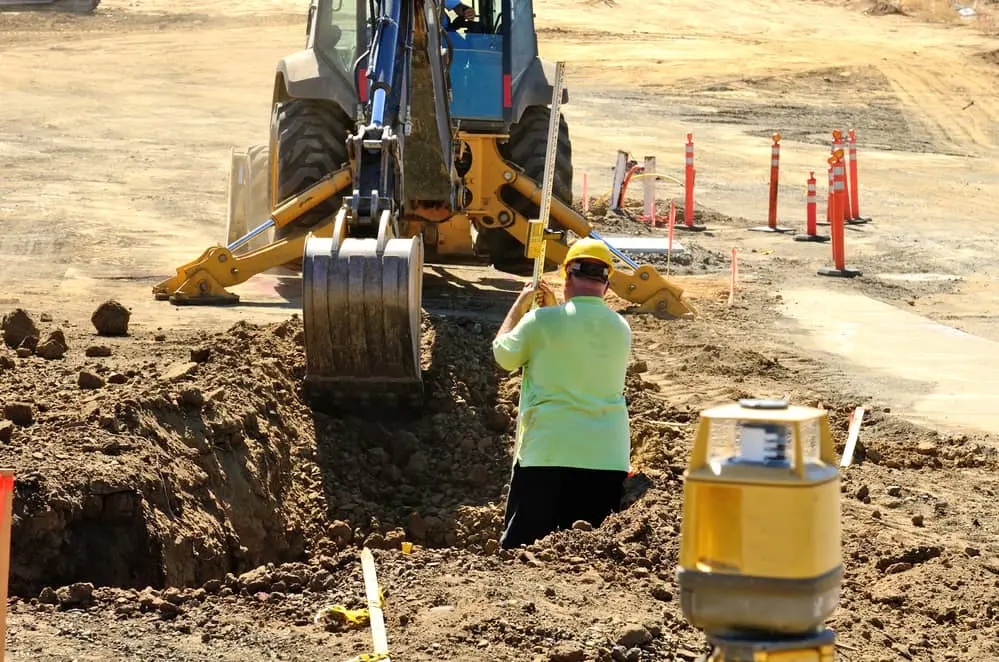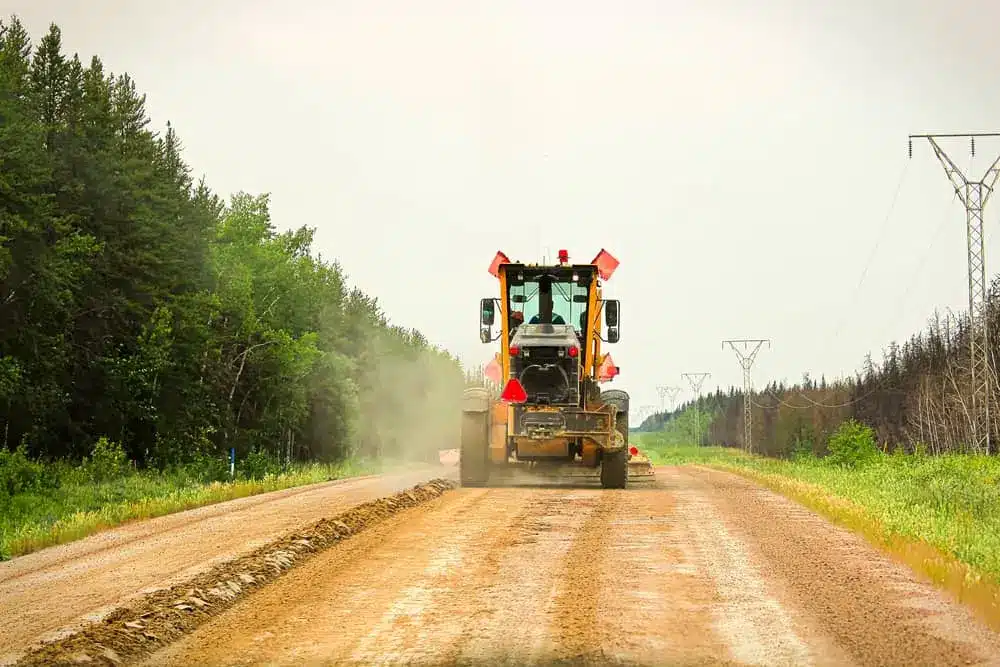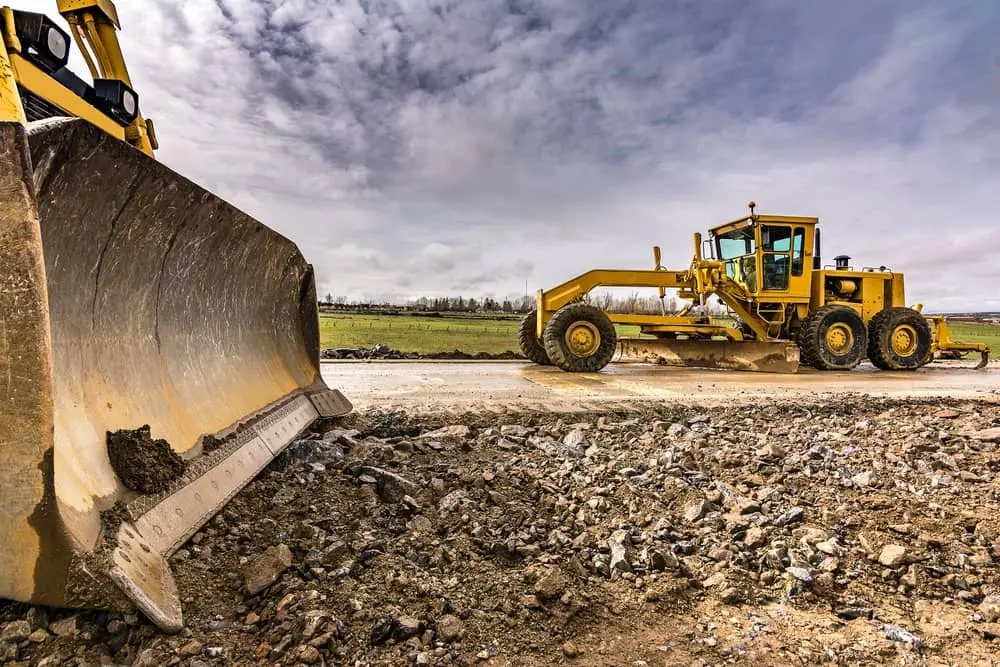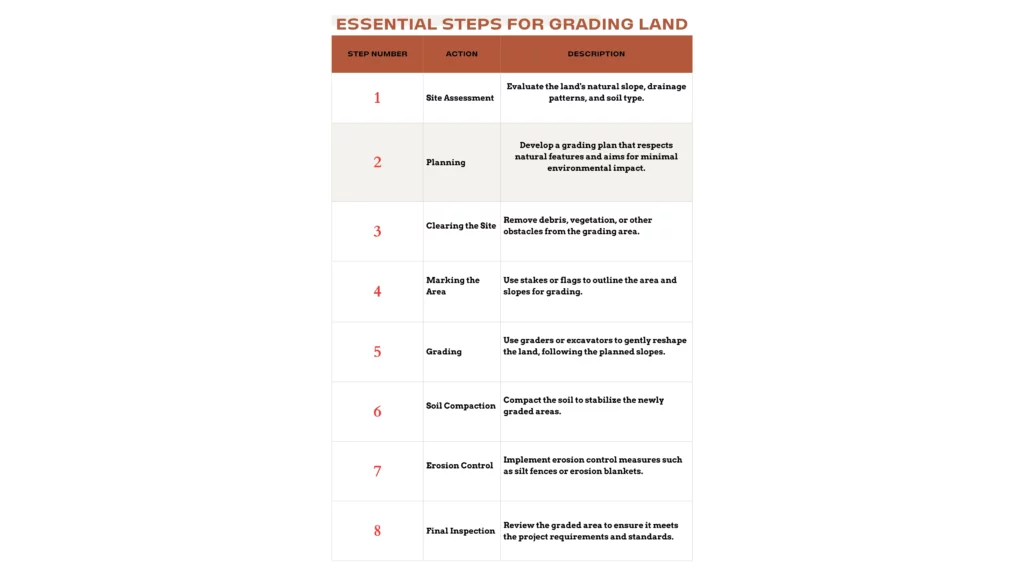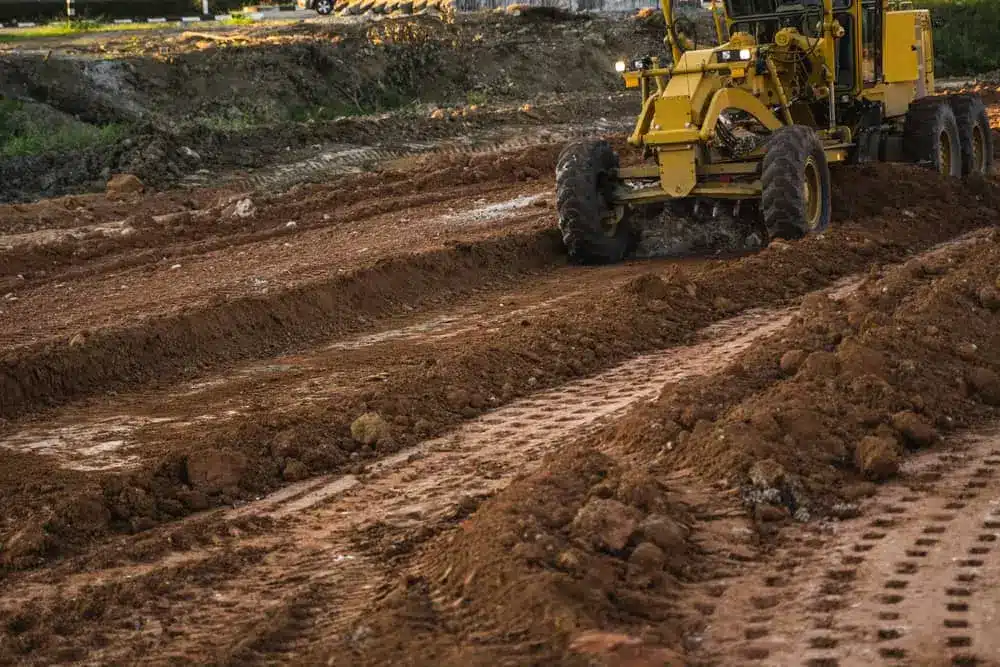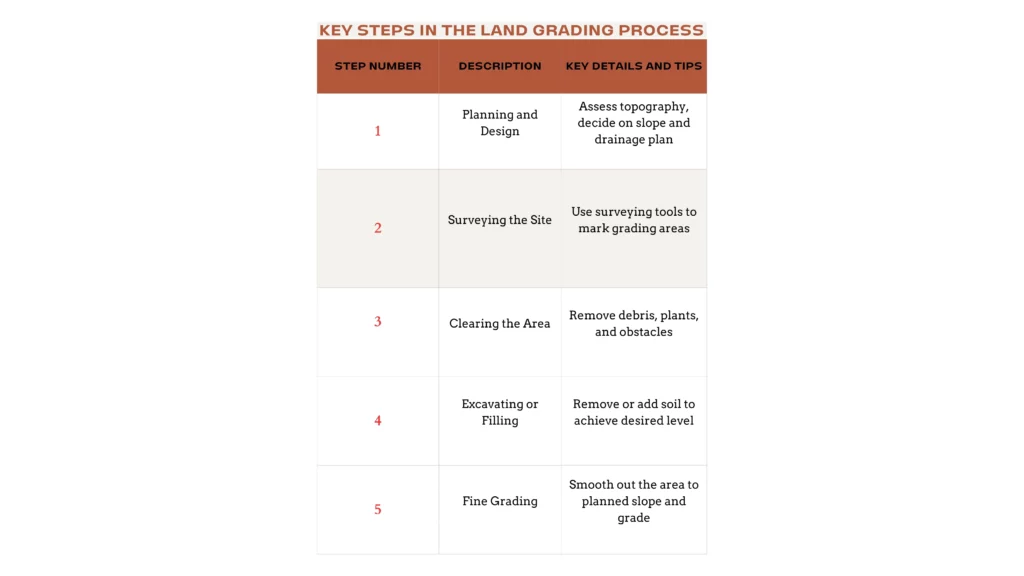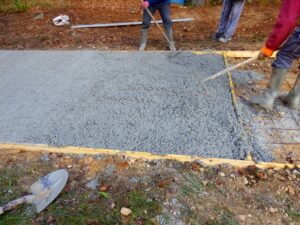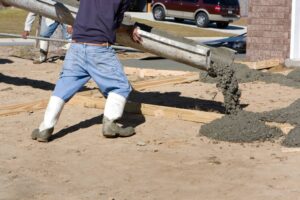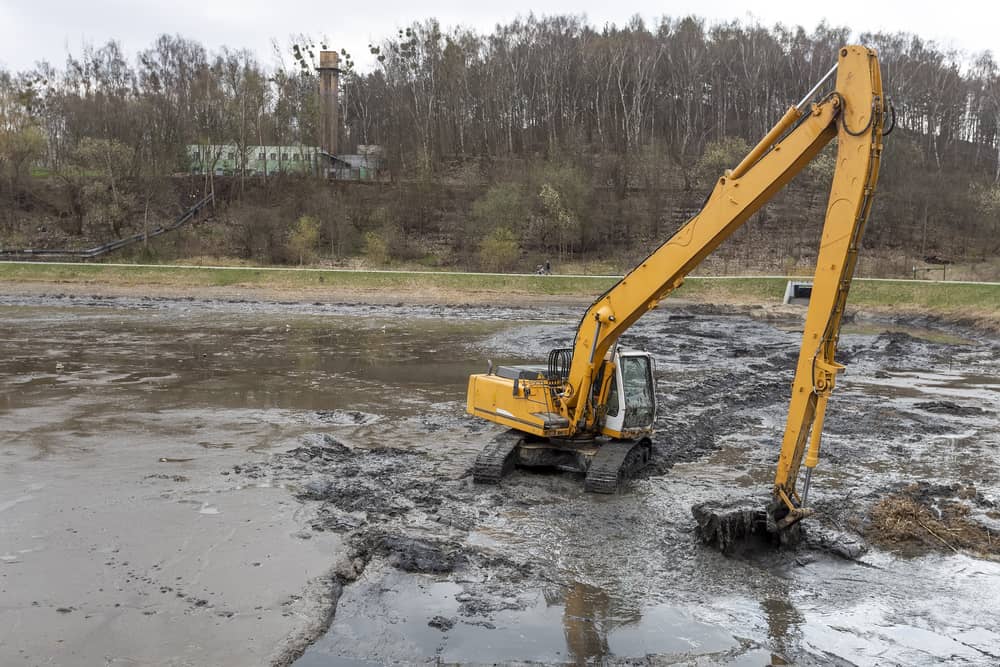If you are a property owner who needs site preparation, you may be wondering, “How do you prepare a construction site?” The process of preparing a construction site might not be very exciting, but it’s crucial for successfully carrying out a construction project. Site preparation is one of the initial steps to execute construction works. The chosen preparation set-up must be completed before the construction begins.
So, what is the timeline or process of site prep?
How Do You Prepare a Construction Site?

Site preparation is a procedure that should be done properly for other construction activities to commence. The success and failure of site preparation set the conditions and tone for other on-site construction activities.
The site preparation definition is already enough to demonstrate the value of this task to building construction. Moreover, deploying construction schedule software is highly recommended as it has also been given higher significance during the process.
Site preparation is also defined as tasks and activities engineers undertake before they commence work. For example, if new projects need to be executed on a site that partially serves as a gym house, the old building must be removed. A new building will then be erected, making site preparation easy.
Steps For Site Preparation for Construction Projects

When site preparation is done properly, all activities are straightforward. Preparing the site is crucial if an establishment needs to be in a specific place with many underground pipes.
By preparing the site, contractors know where and where not to dig, preventing any issues related to underground pipe bursting. Using project management for construction is equally important because it reduces possible mistakes and delays that can result in costly reworks.
Below are the five crucial steps to implement site preparation for construction projects.
1. Site Clearing
Site clearing is the very first step in site preparation. The entire site must be graded and cleared. This case involves demolishing buildings, removing trees, and eliminating any underground infrastructures. These obstacles should help the process in the first place because they might influence the future building process. Finishing the project might also be risky if site clearing is unsuccessful. Hence, it should be prioritized once and for all.
2. Site Surveying
If survey pegs don’t determine the building block, you might need to determine if you are building on the right block. Surveying land is not an option but a requirement for zoning and permitting processes. Surveying also translates the contractor’s plan into an actual representation of the project site.
3. Soil testing
Testing the soil is among the most critical tasks that must be done before the site is procured. The soil’s primary composition should be determined to test its ability to absorb water and examine its ability to withstand structure. The engineer at the site should ensure that all required tests on soil are conducted before starting any construction work.
If the soil at the site has to be more isn’t suitable for future projects, there may be no other choice but to search for another site with soil right for the projects. Here is a chart that shows the various types of soil.
· Class A (Acceptable): mostly the sand and rocks have minimal ground movement
· Class S (Satisfactory): a bit reactive clay sites that only include little ground movement
· Class M (Moderate): Medium slot sites or reactive clay that can undergo moderate ground movement
· Class H1 and H2 (Very reactive): Clay sites are very reactive that they can undergo higher ground movement
· Class E (Extreme): Extremely reactive sites prone to experiencing extreme ground movement
· Class P (Problem): Sites that have softer soils like a slit or soft clay. Soil is subject to erosion, which can’t be classified otherwise.
4. Site Plan Design
Following soil testing, install all required septic tanks and drainage systems. The subsequent task involves adjusting the blueprint to show where fixtures and septic tanks should go. Keeping a permanent record of what lies beneath the ground is also essential.
A construction site is dynamic and evolving. Therefore, it undergoes daily alterations as the positioning of water tanks shifts slightly. Underground rock formations also influence changes. An advanced crew scheduling tool has been beneficial in planning the site layout.
Furthermore, the site map displays all newly built roads for temporary storage zones and vehicles used in construction. It shows where the building will go once it’s built. Unlike other site preparation steps, changes are made in the office, and the site map gets updated on-site.
5. Site Investigation
A geotechnical site investigation characterizes any proposed site’s rock and soil groundwater conditions. It evaluates site conditions and collects data to construct and design the structure’s foundation. Parking areas, bridges, streets, and structures are common types.
Careful planning and a strategic approach to conducting a geotechnical site survey are essential for obtaining accurate site information. This data is generally utilized for structure design with minimum surprises for effort and estimate needs. The gathering of geotechnical information and the creation of reports need to be approached in three distinct phases. Take a look below:
· Normally, the owner collaborates with the architect to define the project. Therefore, this definition typically includes key engineering and architectural requirements like settlement and loading criteria.
· The selected geotechnical consultant needs to assess the project and conduct initial site inspections. This typically involves reviewing earlier geotechnical investigations conducted at the site. The owners’ agreed-upon findings and the initial evaluation help plan the specifics of the proposed geotechnical surveys.
· This site investigation can also determine whether the building phase is completed in 1-2 steps. A groundwater expert and a geotechnical engineer will conduct a preliminary site visit. Both experts must have practical experience to obtain visible data and performance information.
Additional Site Preparation
Once the design and planning are complete, any site preparation that still needs to be done must be handled before construction can begin. This may include tunneling, landfilling, leveling, or excavating. Construction rubble removal services may need to be called in again.
Other Considerations
Preparing a construction site requires more than just preparing the site. You’ll also want to keep the following things in mind:
Local Restrictions
Before work starts, it’s important to know about any restrictions within the local area. Some restrictions you might have to deal with or work around include:
- The time of day work can be done
- The amount of noise produced over some time
- Environmental standards to prevent pollution
Knowing if there are any restrictions allows you to include them in the planning process and give yourself time to alter plans if necessary. You don’t want to go into a project blind and not know if there may be restrictions on the property; they’re probably in place for a good reason.
Safety
Safety should be a top priority while preparing the construction site. This includes being aware of your surroundings and wearing the necessary protective equipment. Hazard communication, fall protection, scaffolding, and respiratory protection are the most frequently known violations.
Protective equipment includes a helmet and glasses. This also means knowing how to perform tasks safely and properly handling tools and machines. You also want to put up the necessary safety signs to help communicate to those working on the site.
Potential Water Damage

Water can cause extensive damage to a construction site if it doesn’t have proper drainage. To handle this, ensure the site has a place where water can go because it can affect the building’s foundation.
Ensure your construction site rests on land with the right slope or grade. This will allow water to flow elsewhere, such as a retention pond or the sewers. When you know where water will go, you can decrease the risk of water causing damage during construction and in the future.
How Long Does Site Preparation Take?

After the plans are finally approved and all the assessments are completed – construction is near to begin! So, how long is site preparation?
Site preparation for most residential building projects will take 1-2 months. For multi-commercial projects, the timeline can be slightly longer, depending on the project size. The construction phase includes the following:
· Site preparation (site clearing and surveying, soil testing, site plan designing, and site investigation)
· Acquiring necessary appraisals and building permits
· Exterior construction (roofing, foundation, framing, electrical, grading, and landscaping)
· Interior construction (drywall & insulation, cabinets, floors, trim, and painting)
Before construction starts, it is important to establish several essential tools and services to accommodate visiting participating crew and project stakeholders.
For professional construction site preparation services, please contact us at Shilling Excavation.






